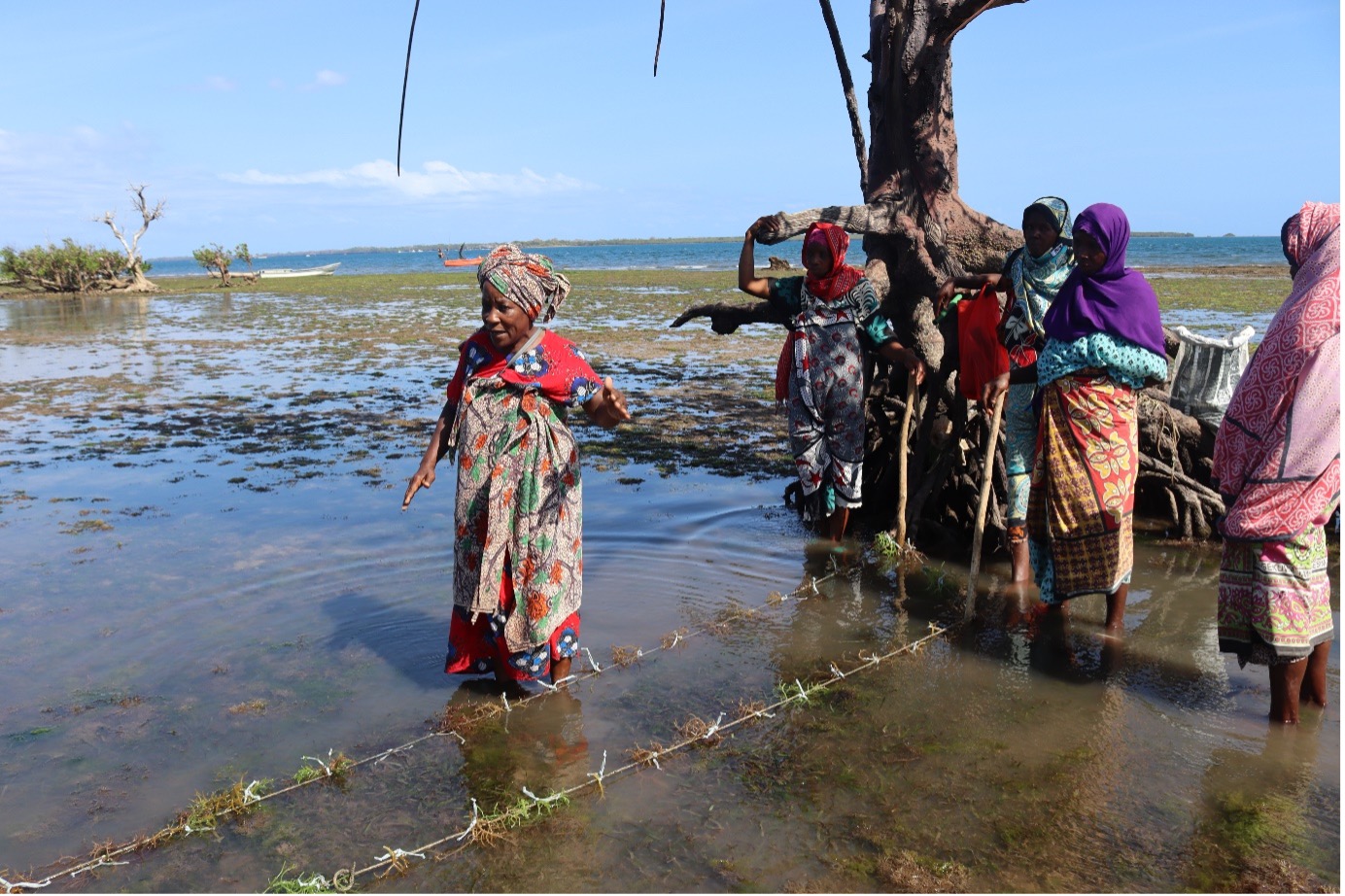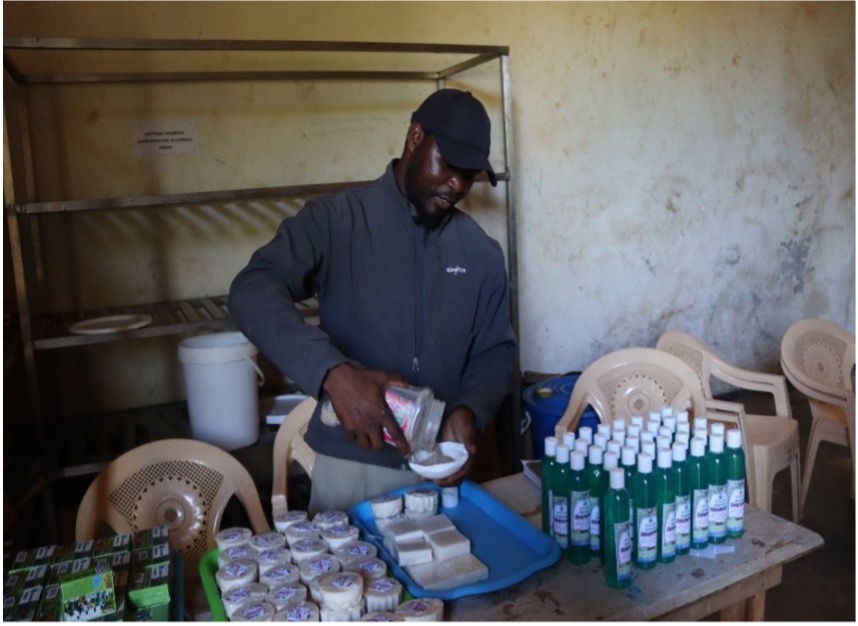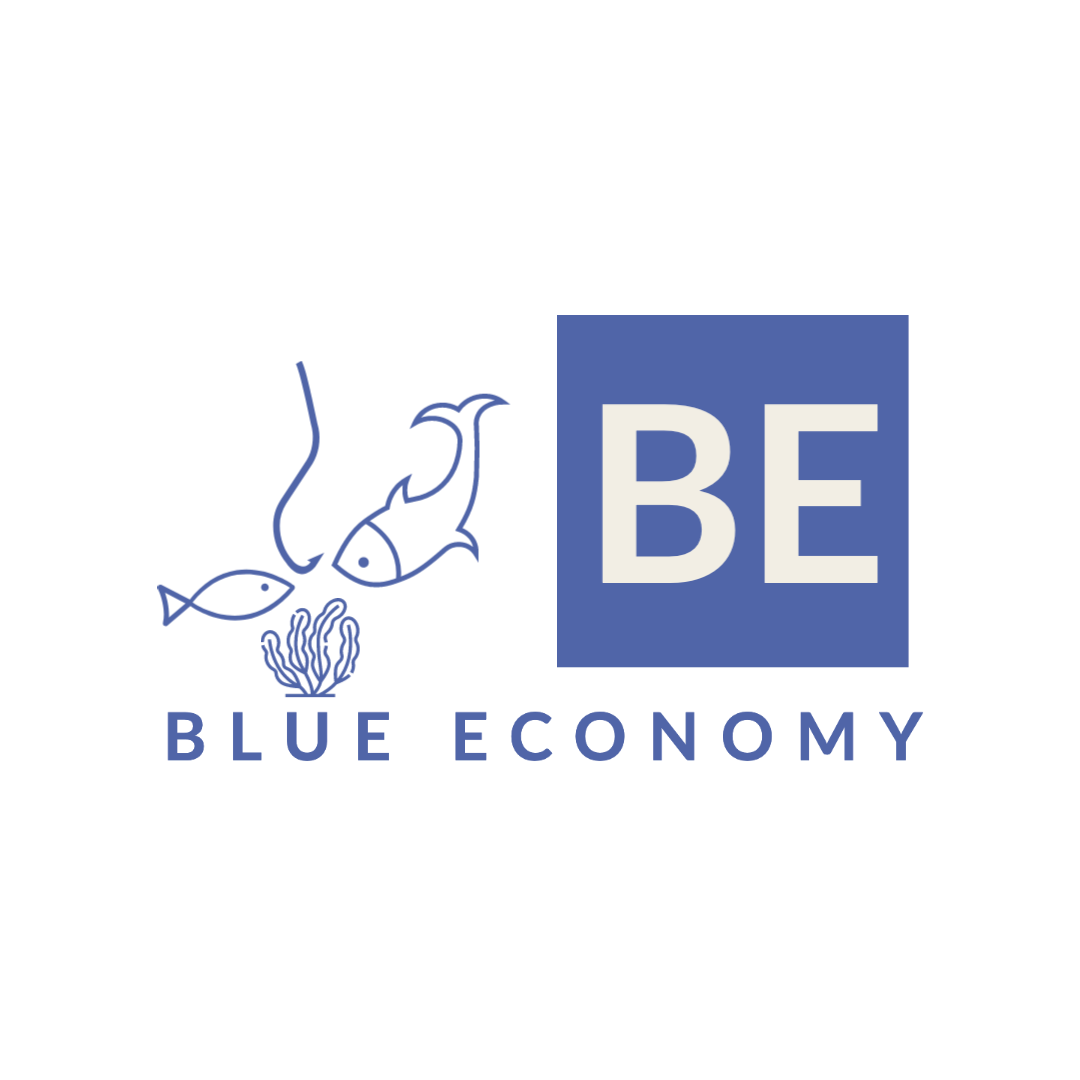By Alfred Oduor and Fiona Makayoto
The increasing global demand for seaweed is driving its production in East Africa. Apart from being the main ingredient in pharmaceutical, cleaning and personal care products, the aquatic plant also plays a key role in ocean ecosystems and the planet.
Seaweed forests offer natural benefits like capturing and storing excess carbon, providing diverse animal and plant habitats, contributing to the ocean food chain, and mitigating coastal erosion from wave forces.
Seaweed is propagated by re-tying smaller harvested bunches back onto the ropes and allowing them to re-grow. After 45 days, the aquatic plant is ready for harvesting. Farmers take about three to four hours per day, when tides are low enough to access farm plots. Planting takes 5 days, which coincide with lower tides.
Interestingly, seaweed farming in Kenya is dominated by women. While some youth participate, farmers are generally between 40 and 55 years old, and over 90% are women.

Women in Kibuyuni preparing seaweed for planting by re-tying smaller harvested bunches back onto the ropes.
However, according to Mama Fatuma Usi, seaweed farming is not a walk in the park,
“You must be self-driven. If you are not self-driven you cannot succeed. You must have a will. You need to go the ocean to secure a farm, during the low tide. You then build the farm using pegs and place the seaweed seeds. You then tie your ropes” she said.
But why is seaweed farming in Kenya’s coast dominated by women?
“Women do so much work, most work is done by a woman. Unlike men who come back from fishing, they take a bath and go out to enjoy themselves. Seaweed farming was started by women, these women.
“Men joined when they realised that women were making god money through seed farming. For example, when a man sees his wife has made Ksh 75,000, he tells her that he will help her set-up the farms. He says if she can make this alone, then we can make more if I help her.”
Seaweed farming has been greatly beneficial to Kibuyuni community. Many children have gone to school because of seaweed farming
“Our sons and daughters have gone to school because women are farming seaweed. If you depend on the Ksh 2,000 or Ksh 3,000 bursary from the government, your children will not go to school. For example, a woman goes to the ocean and after 45 days she gets Ksh 30,000-40,000, will her child go to school or not?
“Also, before we began seaweed farming our houses were made of thatched roofs from coconut leaves and mud walls but now we have permanent houses”. If a woman has a thatched house, she will replace it with iron sheets; if the house is made of mud walls, she will changed it to bricks.
“Many women stopped farming maize because it not was not paying. Also women had to stay on the farms to guard against monkeys, but for seaweed, you don’t have to be there. We just plant and go back home.”
“We used to plant maize before but they got eaten by monkeys. You plant your maize and when it is about time to harvest, monkeys invade the farms in groups. And they don’t want to leave. Where will you go? You cannot farm. But in the ocean, these grow without a problem.
How is the seaweed productivity and market price in Kibuyuni?
Farmers are required to have model farms of 6 blocks with each block measuring 10 metres by 25 metres, which is an area of 250 m2 Thus, the total farm area measures 1,500 m2. After 45 days each blocks produces at least 167.7 kg. Thus each model farm produces at least 100kgs after 45 days. And each kg of seaweed is Ksh 35.
Seaweed Processing
Seaweed is a key ingredient of pharmaceutical, cleaning and personal care products like lotions and toothpaste, as well as in edible food such as burgers and various types of desserts. Although a big percentage of seaweed produced in Kenya is exported, there exist small scale processing by communities along the Kenyan Coast.

Some of the seaweed products processed at Kibuyuni.
Kibuyuni village in Kwale County is one of the rural seaweed farming communities that have started processing seaweed into various products.
After harvesting, the plant is dried on wooden structures before being ground into small particles.
In other places like Mwazaro, also in Kwale, they have started using solar dryers, which is faster and more convenient
After drying and grinding, the seaweed particles are then passed through different locally made machines to develop different products. These products include soap, shampoo and hair-food and detergents.
New Technology
Now, a new technology is expected to boost seaweed production in Kenya’s coastal region. The Integrated Multi-Trophic Aquaculture (IMTA) technology, currently being piloted in Kwale and Kilifi counties, aims to give women more power, control and exploitation of Kenya's lucrative Indian Ocean share of the 142,400km2 Exclusive Economic Zone (EEZ).
In this set-up, species with mutual and interdependent benefits are farmed together, which provides resilience against failure of one agro-produce. In this case, rabbit fish - which is highly coveted in the region - is farmed together with seaweed in an integrated and mutually beneficial production system.
When farmed with fish, seaweed acts as a bio filter which removes not only removes excess nutrients but also replenishes oxygen in the water and in the process sifts excess nutrients, which causes a dense growth of weeds.
Meanwhile, seaweed farming is also associated with an increase in fish diversity and biodiversity. To augment environmental sustainability, rabbit fish farming is supported by seaweed-based feeding which does not pollute the sea.
To mitigate against challenges preventing women from optimally exploiting and benefiting from the lucrative blue economy, the IMTA technology involves building special cages along pre-identified areas of the ocean which will allow women to cultivate seaweed and also rear fish in the same system.
Under the umbrella of the Blue Empowerment project, funded by the International Centre for Research and Development (IDRC), the initiative is being implemented by scientists drawn from Kenya Marine Fisheries Research Institute (KMFRI), Kenya Industrial Research Development Institute (KIRDI), the African Centre for Technology Studies (ACTS) and Kenyatta University. The scientists are working closely with local organizations - Bahari Community Based Organization (CBO) and Seaweed Corporation, a private organization involved in the production of seaweed.
